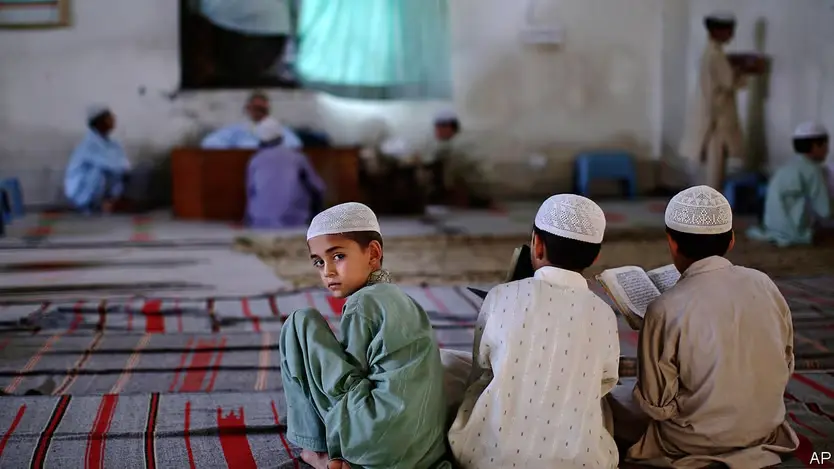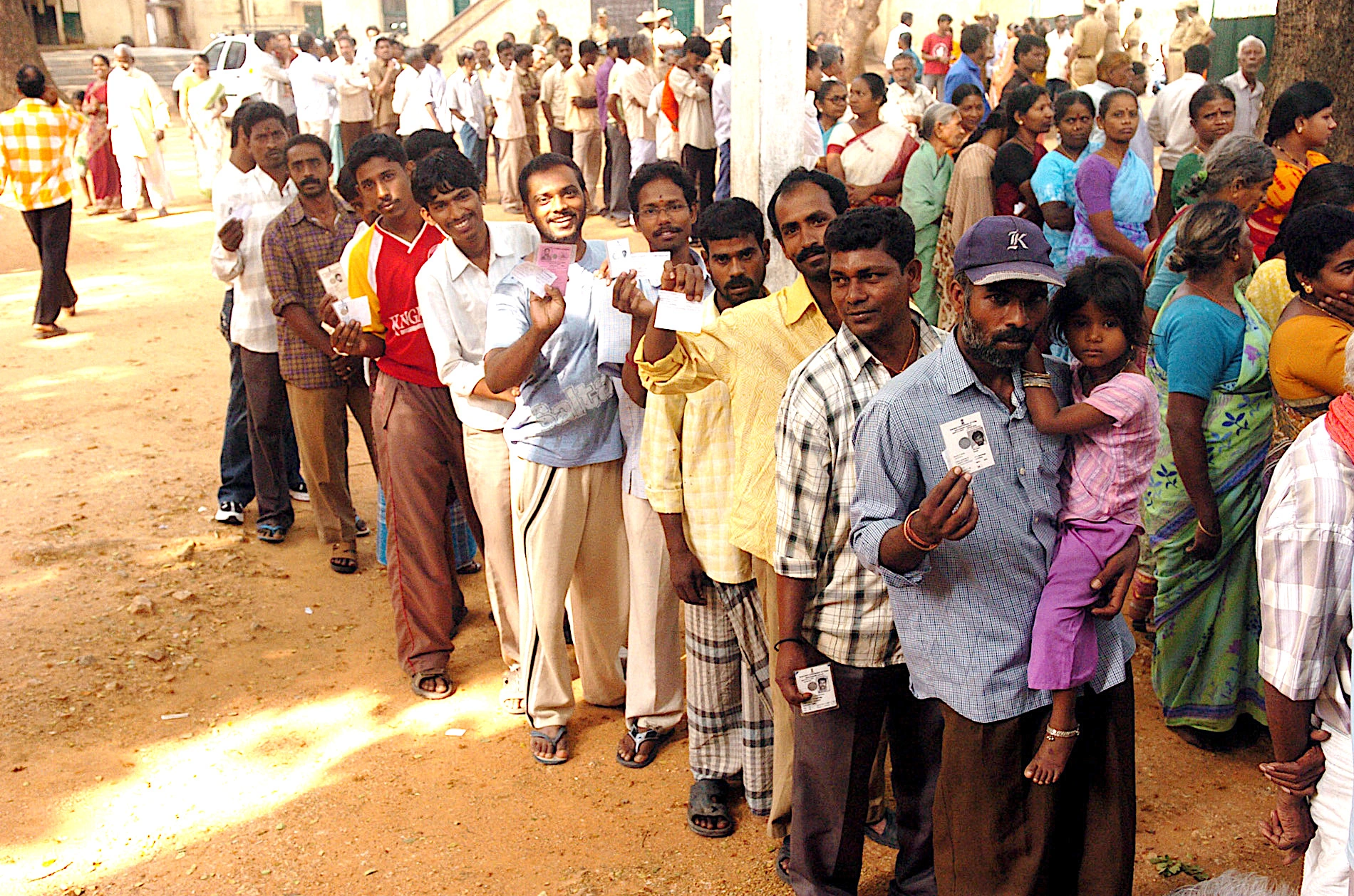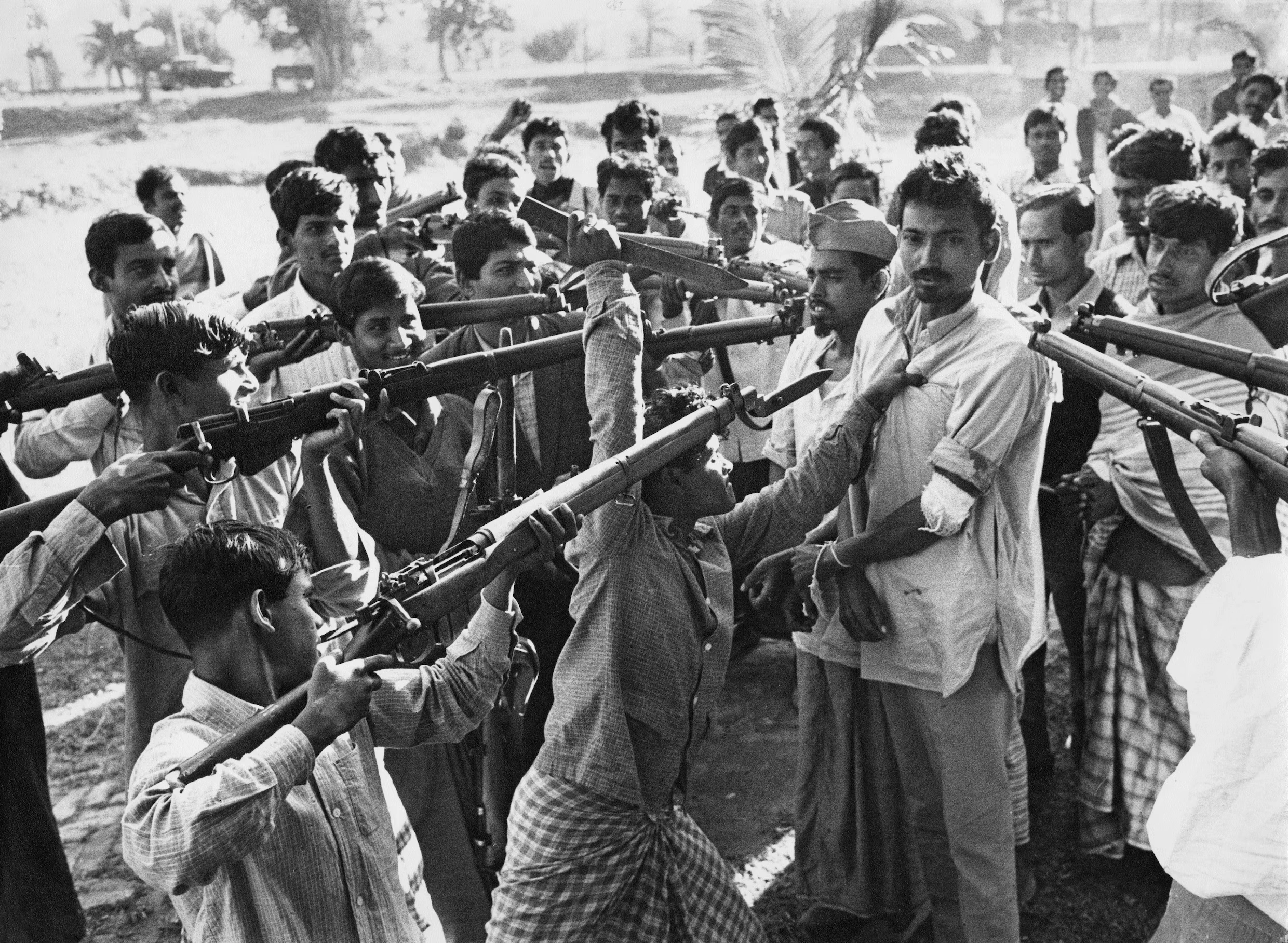In 1956, Bandaranaike won Ceylon’s General Elections and went on to become its 4th Prime Minister. He ruled Ceylon from 1956 to 1959. In 1936, he served as Minister of Local administration in the Second Board of Ministers. In 1947, he served as a Minister in Federal Cabinet.
Bandaranaike was the founder of the Sri Lanka Freedom Party which was a nationalist left-wing party. He formed this party in 1951. To run for election in 1956, Bandaranaike mortgaged his house at Rosmead Place to the Bank of Ceylon for Rs 200,000. He formed Mahajana Eksath Peramuna by assembling a group of small Marxist to contest the 1956 general elections. It was a four-party coalition with a no-contest pact with the Lanka Sama Samaja Party and the Communist Party of Sri Lanka.
Bandaranaike’s policy perspective
Moreover, Bandaranaike’s policies had a very Nationalistic perspective. He aimed at removing the marks the British had left resultantly allowing him to unite Ceylon. His policies include the removal of English as the national language and the elimination of the caste-based system.
During the year 1958, he abolished capital punishments. Although during the same year, he failed to address the 1958 riots, leading to the death of hundreds of Tamils, in Ceylon. This made him pass Tamil Laws so the effect of the ‘Sinhala Only Law’, which made Sinhalese the official language of Ceylon, must not be a tool to be used against minorities in Ceylon.
His foreign policy approach was planned to be neutral but he went on to expel RAF (Royal Air Force) Bases’ Personnel from the country and established relations with the United Soviet Socialist Republic and the People’s Republic of China. He pushed for socialist and non-western policies, which explains much about his foreign policy.
In terms of economic policies, Ceylon was already facing a crisis. Bandaranaike amended labour laws and increased wages. He established Employee Provident Funds and nationalized Ceylon’s bus services to form Ceylon Transport Board. Additionally, he also passed laws to protect peasant farmers.
In 1959, political turmoil started when two leftist ministers of Mahajana Eksath Peramuna (MEP; People’s United Front) resigned, albeit did not affect the MEP coalition. Things worsened when the Colombo Harbor trade union went on strike over the financial crisis. As a consequence to which Bandaranaike dismissed Inspector General Police Silva, who refused to take action.
Bandaranaike’s assassination
Tragically, on 26th September 1959, Talduwe Somarama assassinated Bandaranaike. Somarama was a Buddhist monk residing in Bandaranaike’s residency. He died even after six hours of surgery. Talduwe alongside two other conspirators were tried and were sentenced to death by hanging.
This brought an end to Bandaranaike’s four years of ruling to a tragic end. Bandaranaike is a well-known figure in Sri Lanka and despite controversies for initiating racial crisis, he has been honored. Subsequently, in 1970 Sri Lanka named its first international airport after him.






